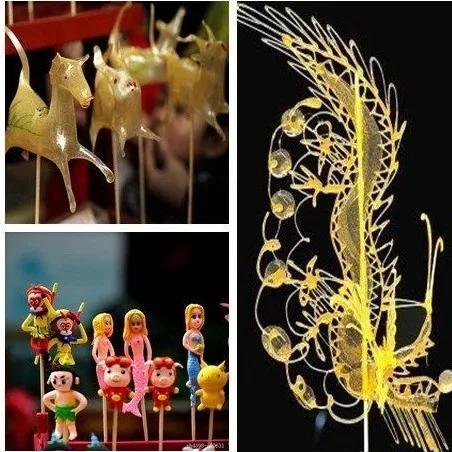
供应链(三)

一般来说,构成供应链的基本要素包括供应商、厂家、分销企业、零售企业、消费者。
供应商指给生产厂家提供原材料或零部件的企业;厂家即产品制造业,产品生产的最重要环节,负责产品生产、开发和售后服务等;分销企业为实现将产品送到经营地理范围每一角落而设的产品流通代理企业;零售企业将产品销售给消费者的企业;消费者是供应链的最后环节,也是整条供应链的唯一收入来源。
供应链一般包括物资流通、商业流通、信息流通、资金流通四个流程。四个流程有各自不同的功能以及不同的流通方向。
物资流通。这个流程主要是物资(商品)的流通过程,这是一个发送货物的程序。该流程的方向是由供货商经由厂家、批发与物流、零售商等指向消费者。由于长期以来企业理论都是围绕产品实物展开的,因此物资流程被人们广泛重视。许多物流理论都涉及如何在物资流通过程中在短时间内以低成本将货物送出去。
商业流通。这个流程主要是买卖的流通过程,这是接受订货、签订合同等的商业流程。该流程的方向是在供货商与消费者之间双向流动的。商业流通形式趋于多元化:既有传统的店铺销售、上门销售、邮购的方式,又有通过互联网等新兴媒体进行购物的电子商务形式。
信息流通。这个流程是商品及交易信息的流程。该流程的方向也是在供货商与消费者之间双向流动的。过去人们往往把重点放在看得到的实物上,因而信息流通一直被忽视。甚至有人认为,国家的物流落后同它们把资金过分投入物质流程而延误对信息的把握不无关系。
资金流通。这个流程就是货币的流通,为了保障企业的正常运作,必须确保资金的及时回收,否则企业就无法建立完善的经营体系。该流程的方向是由消费者经由零售商、批发与物流、厂家等指向供货商。
英文翻译
Generally speaking, the basic elements of the supply chain include suppliers, manufacturers, distribution companies, retail companies, and consumers.
Supplier refers to the enterprise that provides raw materials or parts to the manufacturer; the manufacturer is the product manufacturing industry, the most important part of product production, is responsible for product production, development and after-sales service, etc.; the distribution company is A product Circulation agency set up in a corner; a retail company that sells products to consumers; consumers are the last link in the supply chain and the only source of income for the entire supply chain.
The supply chain generally includes four processes: material circulation, commercial circulation, information circulation, and capital circulation. The four processes have their own different functions and different circulation directions.
Material circulation. This process is mainly the circulation process of materials (commodities), which is a procedure for sending goods. The direction of this process is from suppliers to consumers through manufacturers, wholesale and logistics, retailers, etc. Since the enterprise theory has been developed around the product in a long time, the material flow has been widely valued by people. Many logistics theories involve how to send goods out in a short period of time and at low cost in the process of material circulation.
Commercial circulation. This process is mainly the circulation process of buying and selling, which is the business process of accepting orders and signing contracts. The direction of the process is a two-way flow between suppliers and consumers. The form of commercial circulation tends to be diversified: there are both traditional store sales, door-to-door sales, and mail-order methods, as well as e-commerce forms of shopping through emerging media such as the Internet.
Information circulation. This process is the process of commodity and transaction information. The direction of the process also flows in both directions between suppliers and consumers. In the past, people tended to focus on the physical objects that were visible, so the flow of information has been neglected. Some people even think that the backwardness of national logistics is not unrelated to their excessive investment in material processes and delays in grasping information.
Circulation of funds. This process is the circulation of currency. In order to ensure the normal operation of the enterprise, the timely recovery of funds must be ensured, otherwise the enterprise will not be able to establish a complete operating system. The direction of this process is from consumers to suppliers through retailers, wholesale and logistics, manufacturers, etc.
参考资料:百度百科
翻译:Google翻译
本文由LearningYard新学苑原创,部分图片文字来自网络,如有侵权请联系。
,




